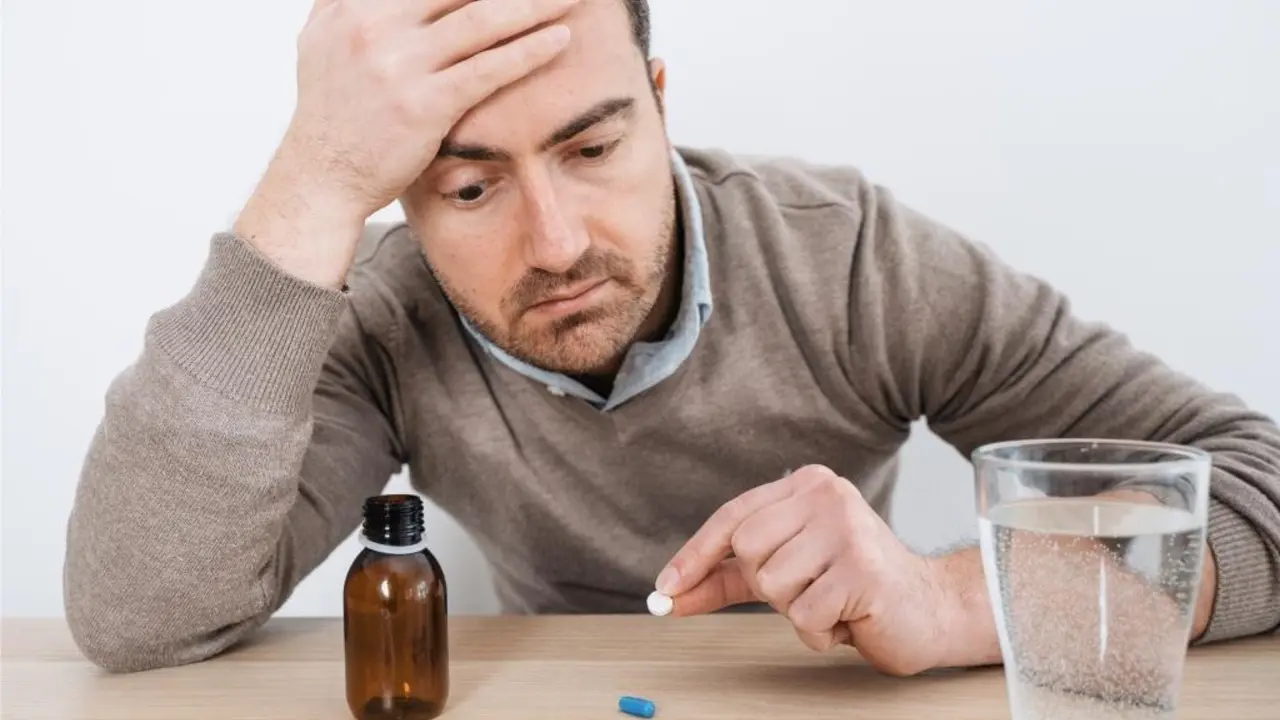Overdose Treatment Essentials: What to Do When Every Second Counts
If someone you know looks like they're overdosing, panic won’t help. Knowing a few clear actions can mean the difference between recovery and tragedy. Below we break down the signs to watch for, the immediate steps you should take, and the tools that can buy you precious time.
Spot the Warning Signs
Overdose symptoms vary by substance, but there are common clues. Look for extreme drowsiness, unresponsiveness, shallow breathing, or a skin color that’s pale or bluish. Slurred speech, confused thinking, or a sudden loss of coordination are also red flags. If you see any of these, treat the situation as an emergency.
Don’t try to guess which drug caused the problem. Even a small amount of a strong opioid or a mix of depressants can be lethal. The safest bet is to act as if the person could have taken anything that depresses the nervous system.
Immediate Actions You Can Take
First, call emergency services. Give them the exact location, describe the person’s condition, and mention any substances you suspect. While you wait, keep the person lying on their side – the recovery position – to keep the airway clear.
If the person isn’t breathing or has very weak breaths, start rescue breathing. Tilt the head back, pinch the nose, and give two slow breaths, watching for the chest to rise. If you’re trained in CPR, begin chest compressions at a steady 100‑120 compressions per minute.
When opioids are involved, administer naloxone if you have it. Naloxone (often sold as Narcan) can reverse the effects of an opioid overdose within minutes. Follow the instructions on the kit: usually a nasal spray or an injection into the thigh or upper arm. Even if the person wakes up, keep them under observation until help arrives.
For non‑opioid overdoses, activated charcoal may help if the person is still conscious and the overdose happened within the last hour. Mix a spoonful of charcoal with water and give it by mouth. Don’t force it if the person can’t swallow safely.
Never give food, drink, or any medication unless a medical professional tells you to. Doing so can worsen the situation by causing choking or interacting with the drug.
After emergency services take over, stay close and share any details you know: the substance taken, the amount, the time it was swallowed, and any medications the person is on. This information speeds up the treatment plan.
Remember, the goal is to keep the person breathing, protect the airway, and get professional help fast. With the right quick actions, you can turn a frightening overdose into a story of survival.

